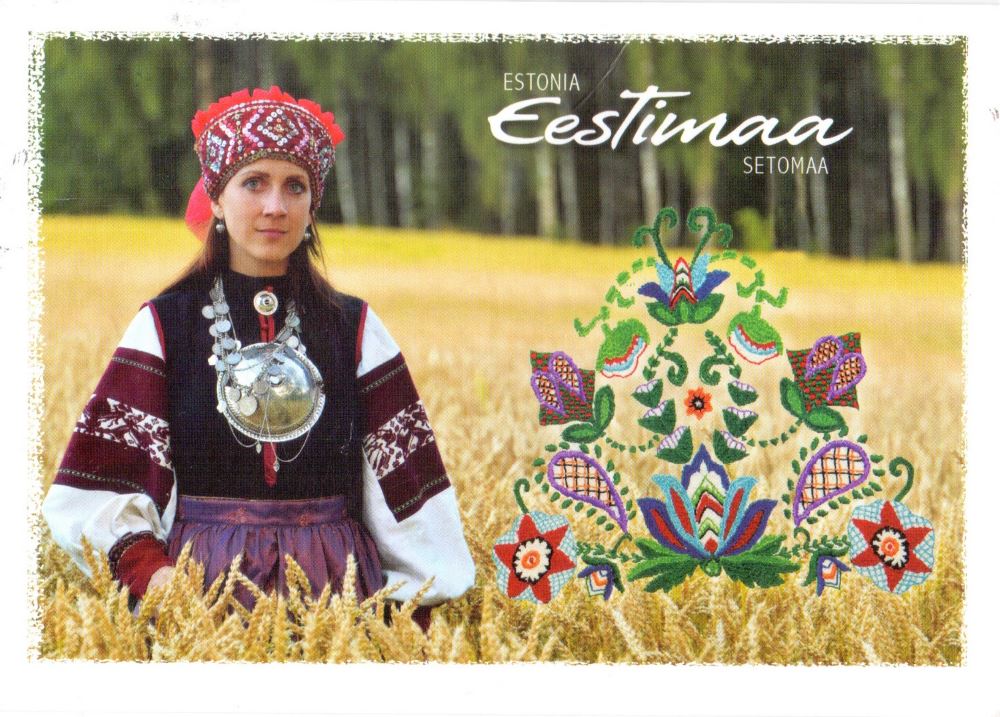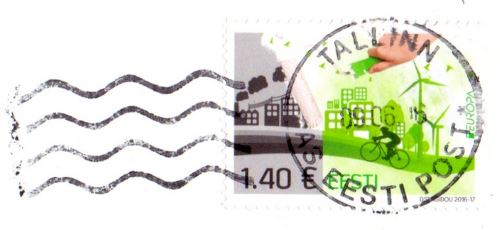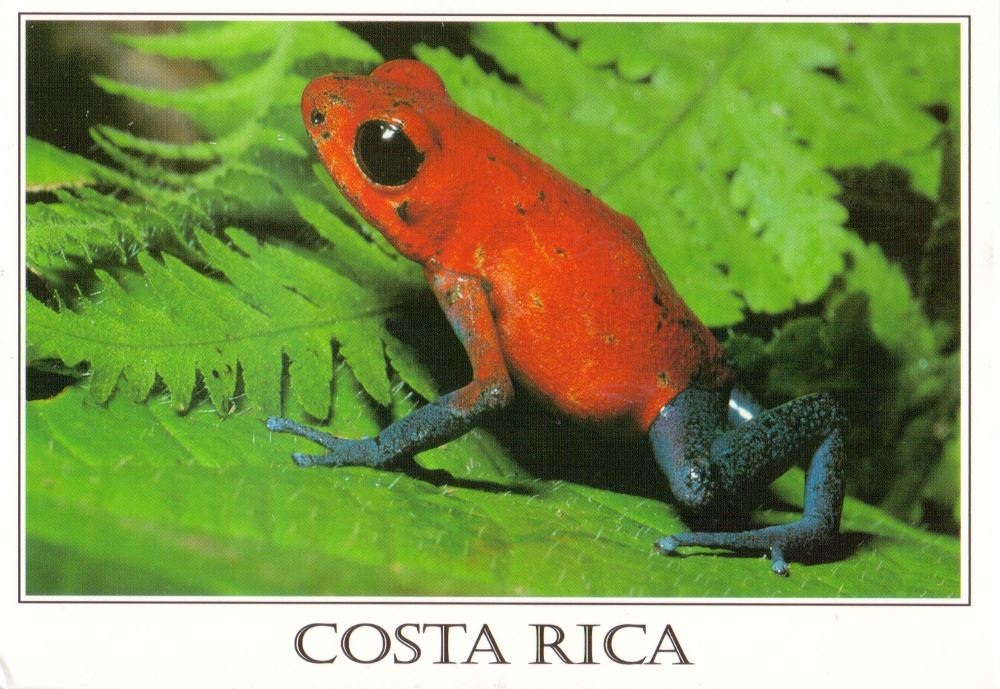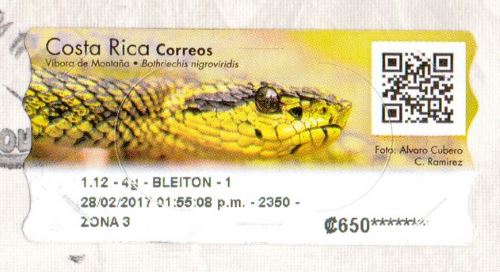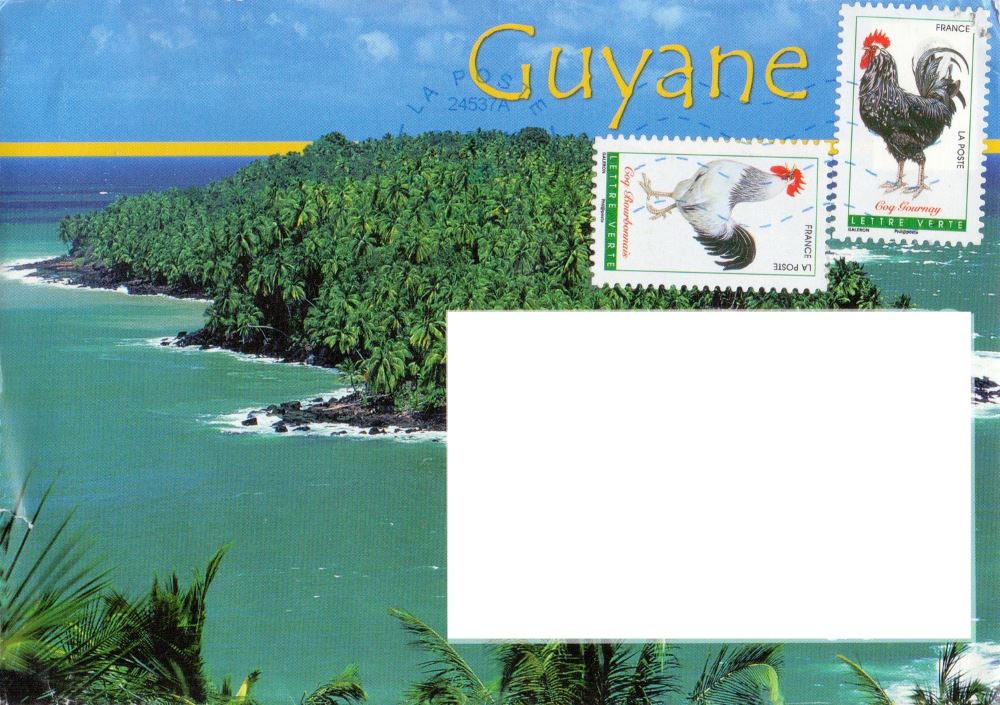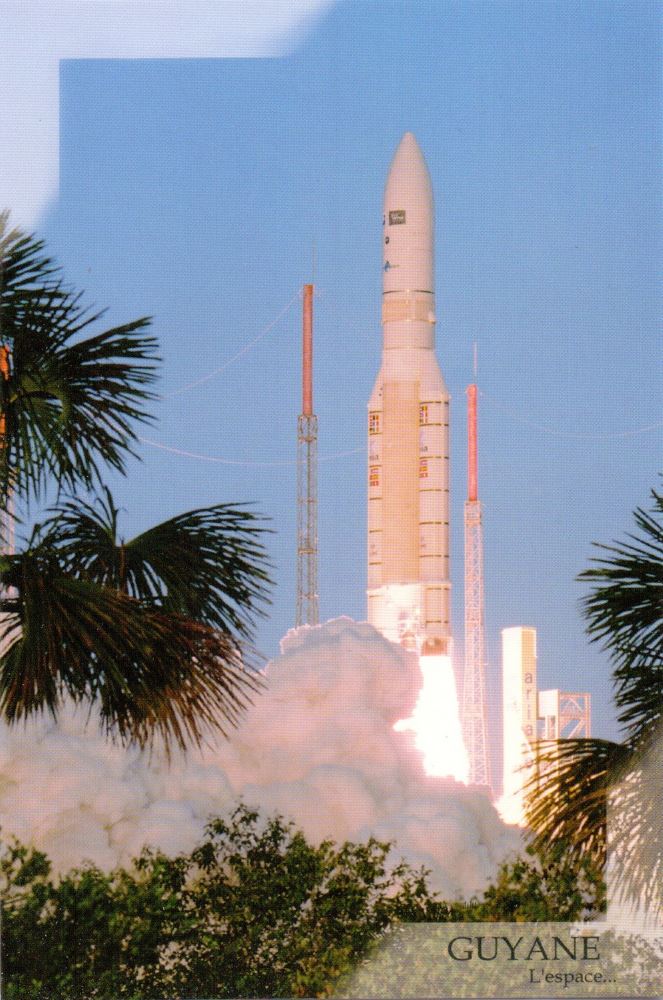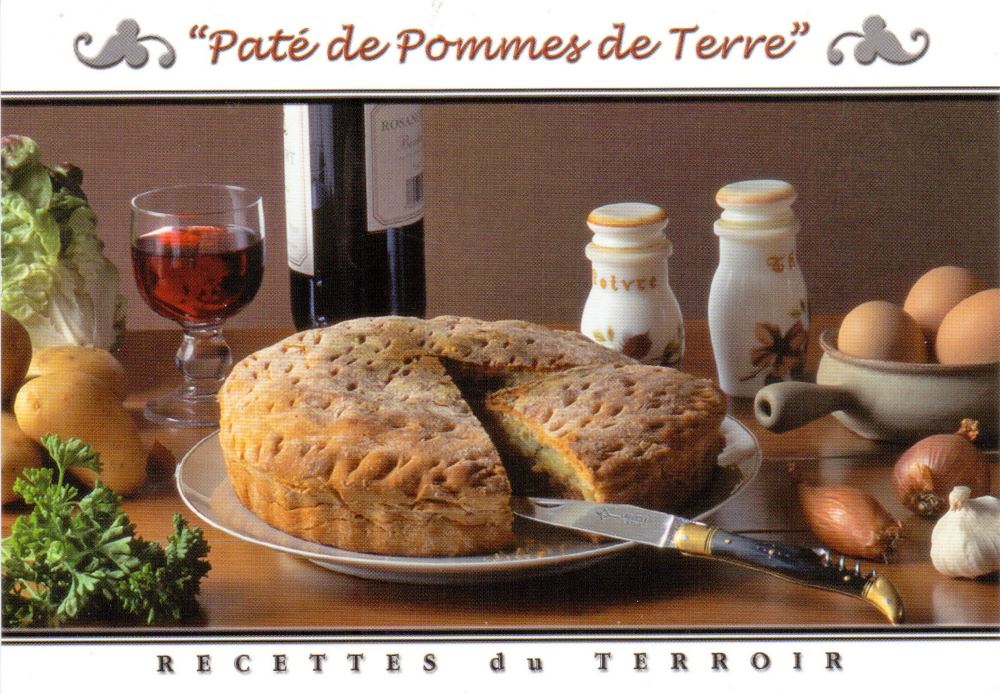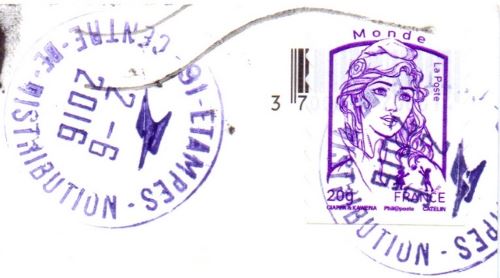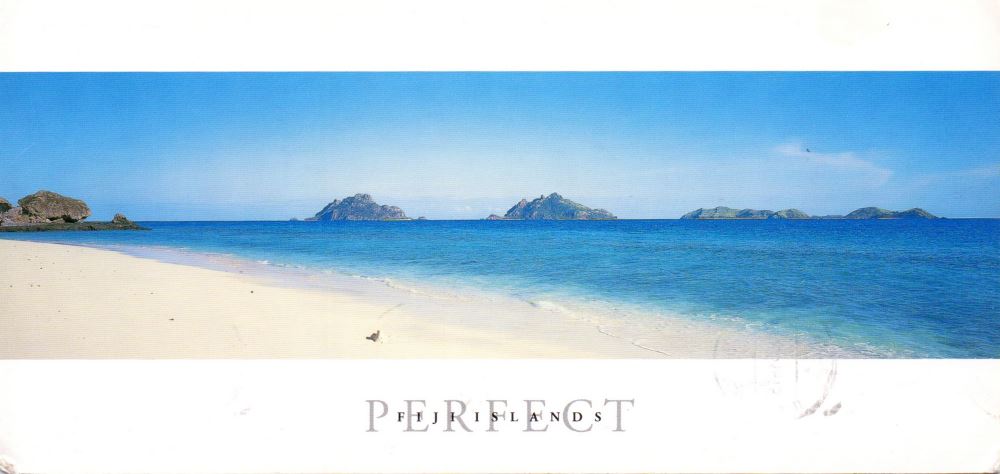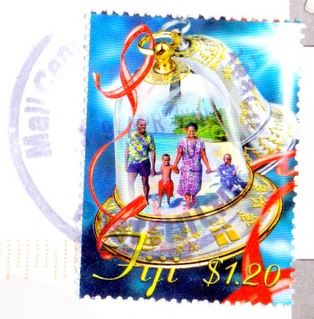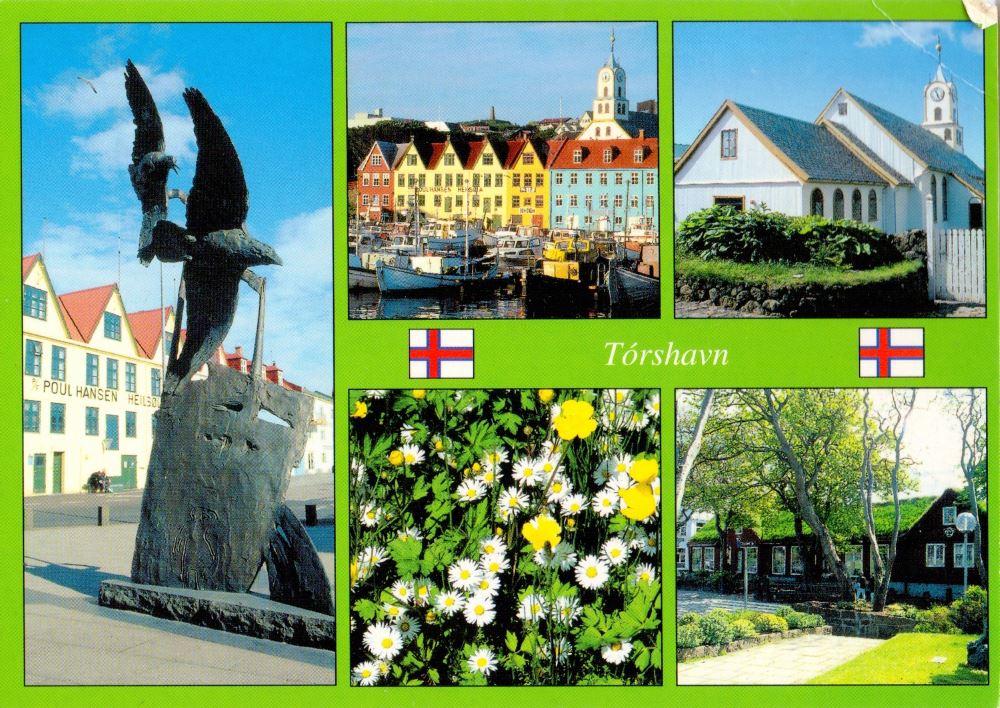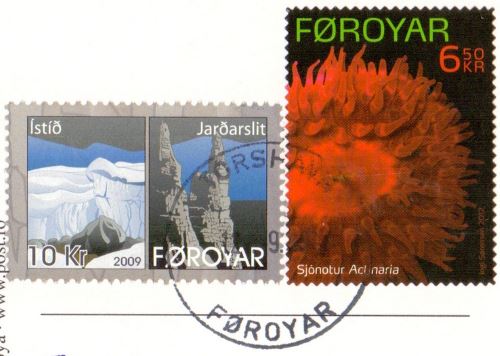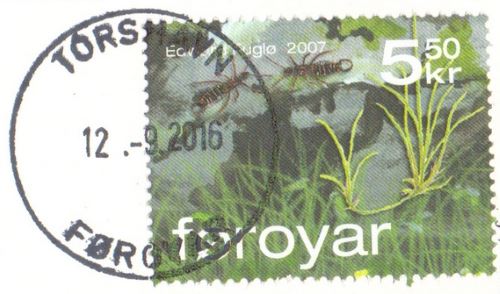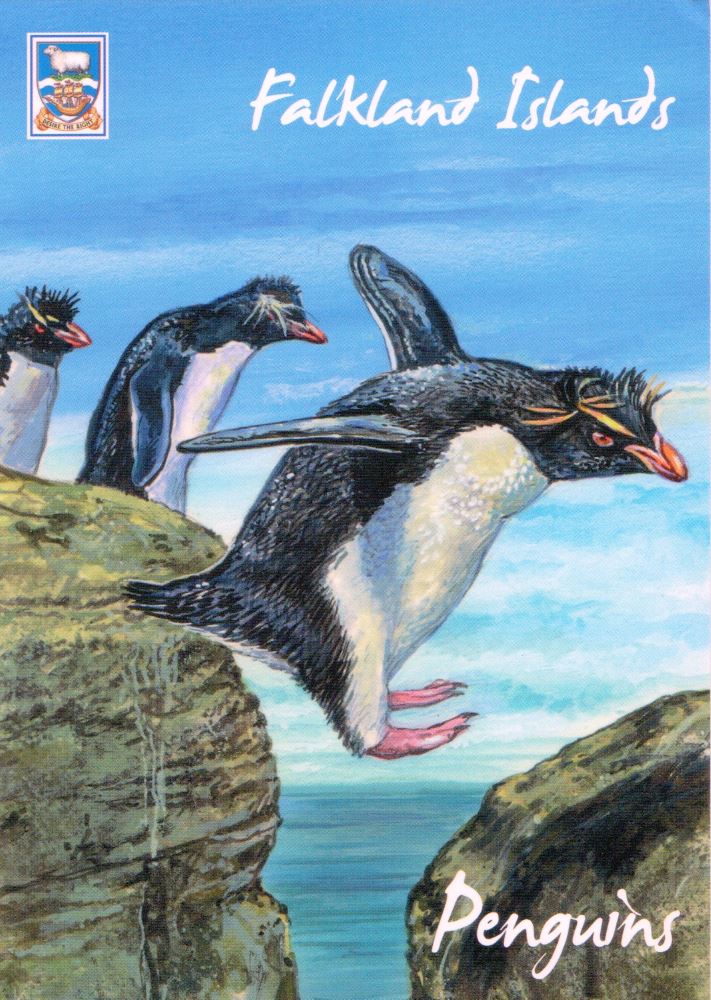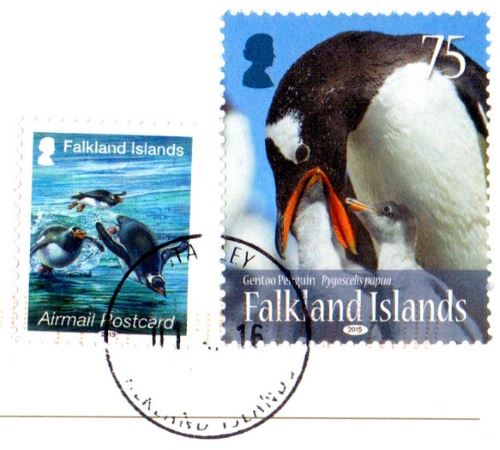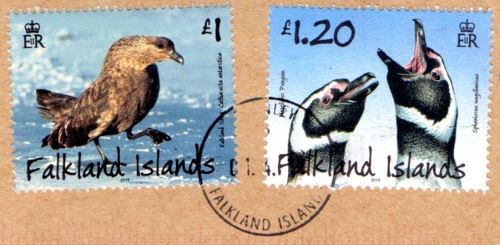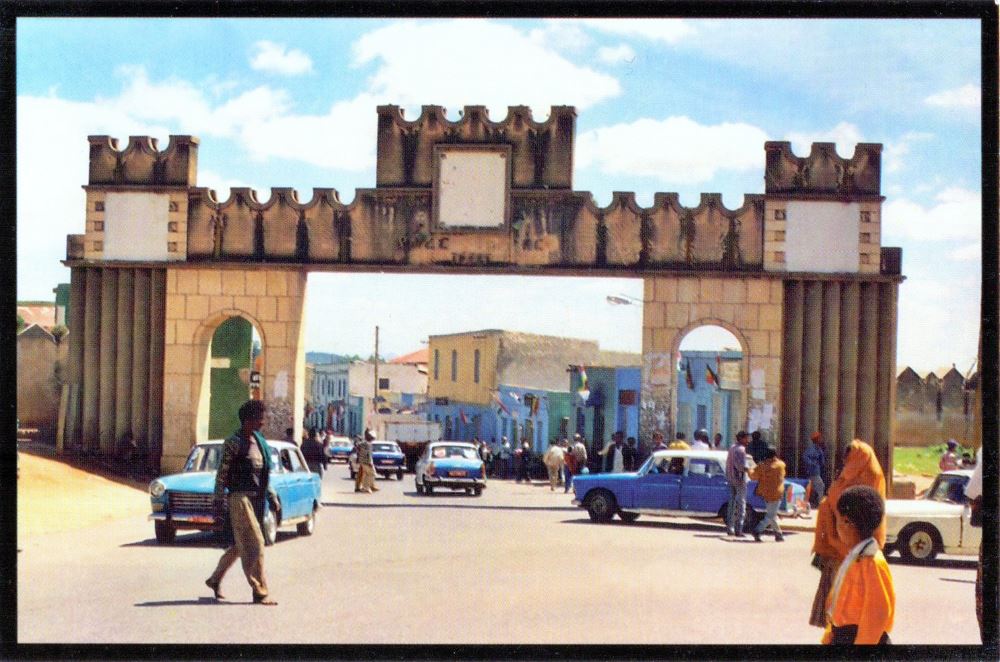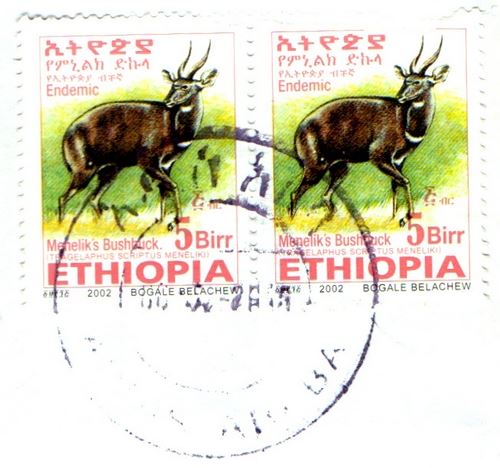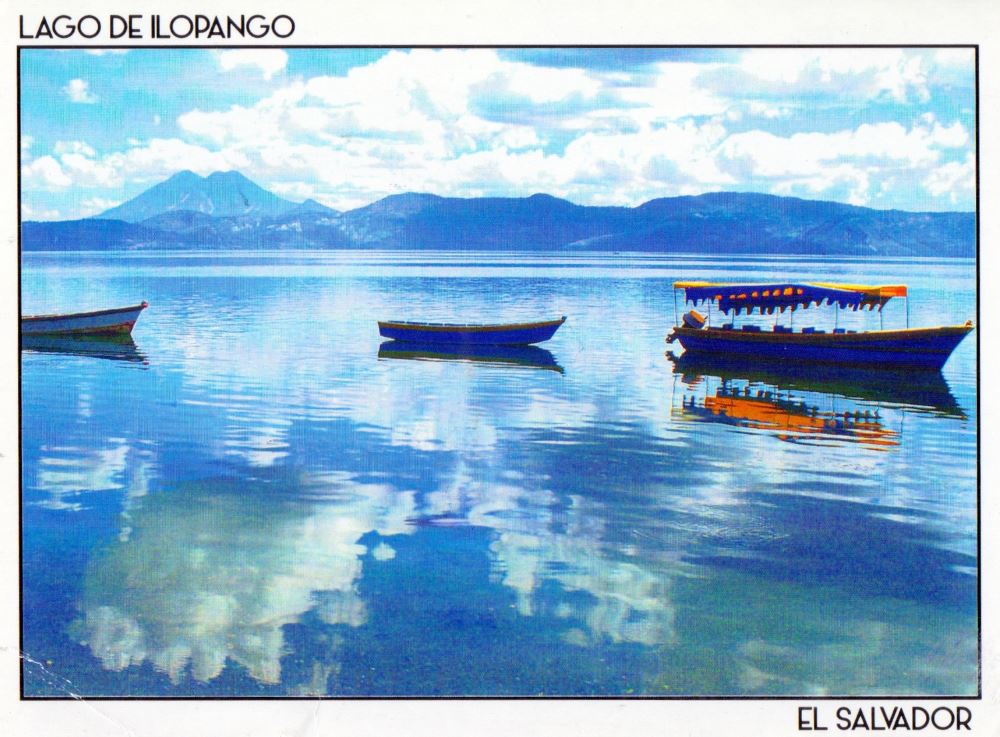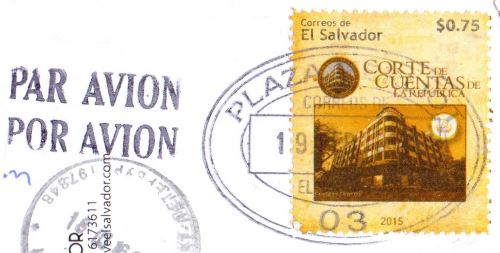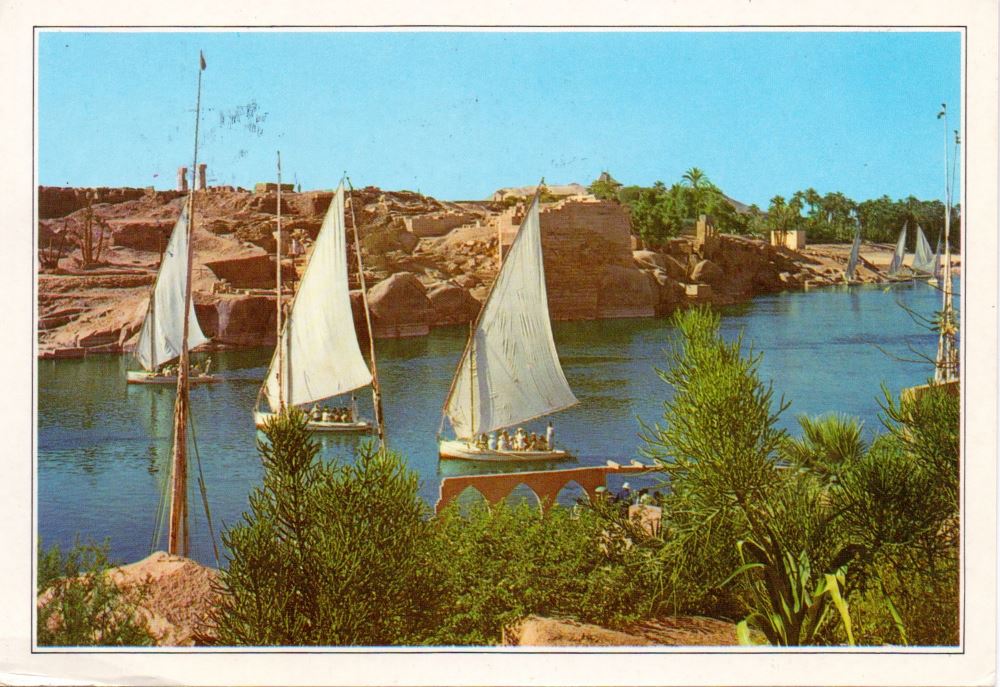The culture of Estonia combines an indigenous heritage with Nordic cultural aspects. Due to its history and geography, Estonia’s culture has been influenced by the traditions of the adjacent area’s Baltic Finns, Balts, Germanic peoples and Slavs, as well as by cultural developments in the former dominant powers, Sweden and Russia.
The development of Estonian folk costume was, over the centuries, influenced by the fashions of the upper classes and the traditional costumes of neighboring countries. Clothes were usually made of homespun woolen or linen fabric: shirts and married women’s head-wear were mostly made from linen, while various outer garments, gloves, stockings and socks, were made from wool. Most of the clothes remained undyed: linen garments were bleached white, woolen outer garments were mainly sheep-brown or black. The wool for making skirts was dyed with herbal dyes. The bedstraw root was particularly widely used to produce red coloring. Indigo was the first dye to be widely bought during the 18th century.
